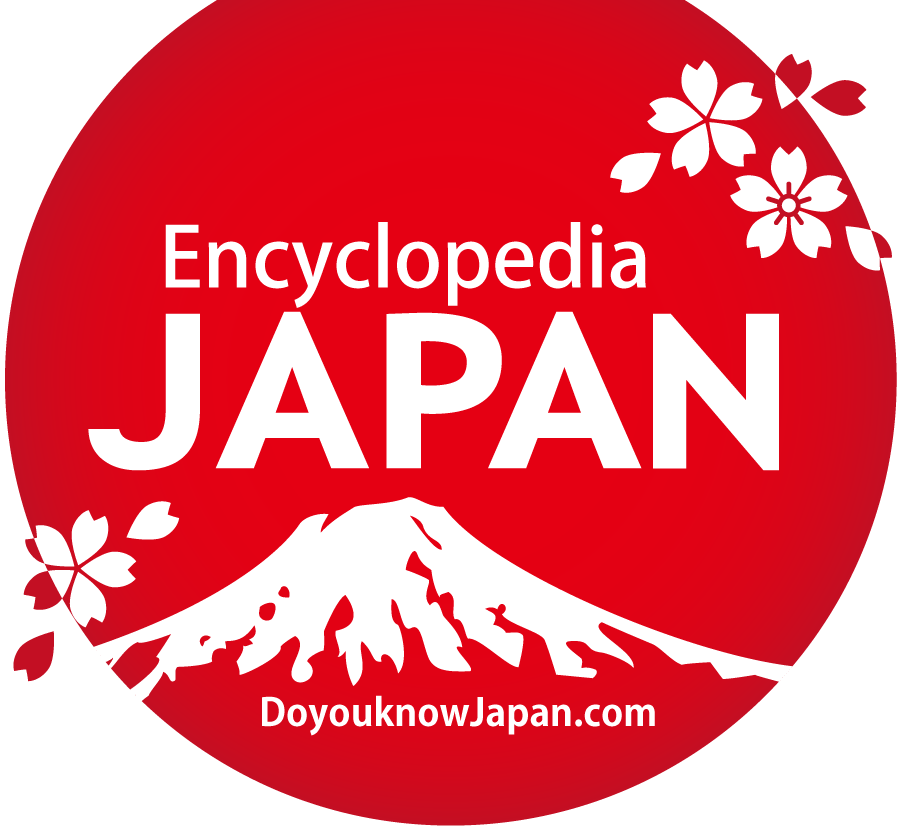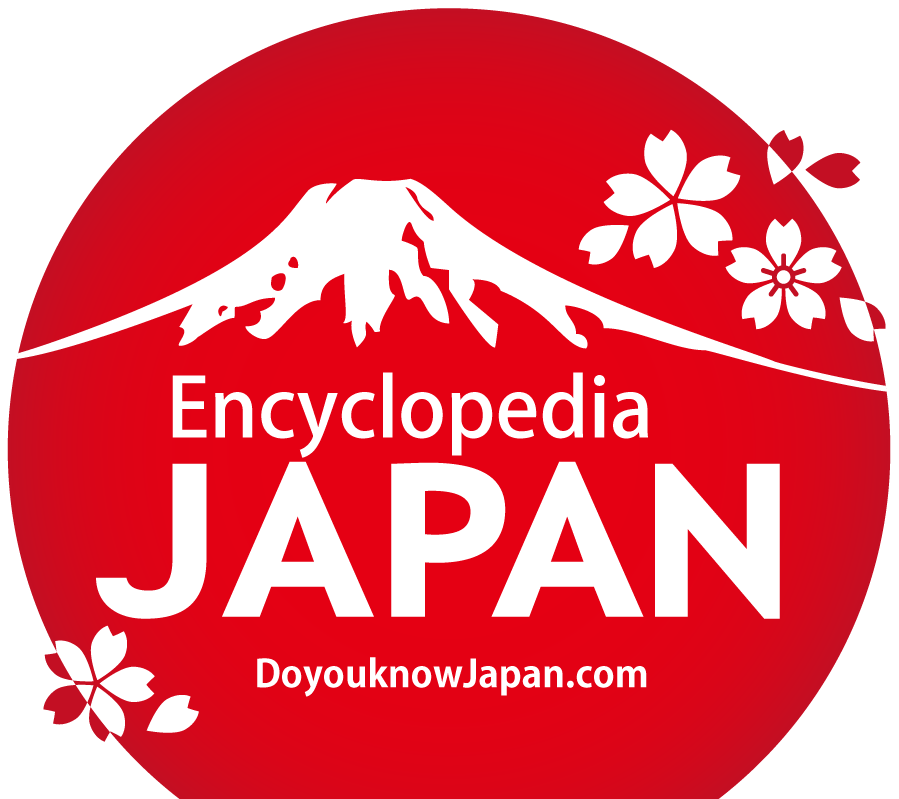World Heritage of Japan
Part 3
Buddhist Monuments in the Horyu-Ji Area

Brief Overview of the Site
The area includes a variety of buildings found in Ikaruga, Nara Prefecture. The structures are the oldest extant wooden buildings in the world, dating from the 7th to 8th centuries. Many of the monuments are also National Treasures of Japan, and reflect an important age of Buddhist influence in Japan.
The area includes a variety of buildings found in Ikaruga, Nara Prefecture. The structures are the oldest extant wooden buildings in the world, dating from the 7th to 8th centuries. Many of the monuments are also National Treasures of Japan, and reflect an important age of Buddhist influence in Japan.












Shirakami-Sanchi

Brief Overview of the Site
Shirakami-Sanchi (the white god mountain area) is a UNESCO World Heritage Site in northern Honshu. This mountainous, unspoiled expanse of virgin forest straddles both Akita and Aomori Prefectures. Of the entire 1,300 km², a tract covering 169.7 km² was included in the list of World Heritage Sites in 1993. Siebold's beech trees make up a large portion of the forest.
Shirakami-Sanchi (the white god mountain area) is a UNESCO World Heritage Site in northern Honshu. This mountainous, unspoiled expanse of virgin forest straddles both Akita and Aomori Prefectures. Of the entire 1,300 km², a tract covering 169.7 km² was included in the list of World Heritage Sites in 1993. Siebold's beech trees make up a large portion of the forest.














Gusuku Sites and Related Properties of the Kingdom of Ryukyu

Brief Overview of the Site
It is consists of nine sites all located in the Okinawa Prefecture. The heritage sites include two utaki (or sacred sites, one a gate and the other a grove), the Tamaudun mausoleum, one garden, and five gusuku castles sites. The sites were inscribed based on the criteria that they were a fine representation of the Ryukyu Kingdom's culture, whose unique blend of Japanese and Chinese influence made it a crucial economic and cultural junction between several neighboring states.
It is consists of nine sites all located in the Okinawa Prefecture. The heritage sites include two utaki (or sacred sites, one a gate and the other a grove), the Tamaudun mausoleum, one garden, and five gusuku castles sites. The sites were inscribed based on the criteria that they were a fine representation of the Ryukyu Kingdom's culture, whose unique blend of Japanese and Chinese influence made it a crucial economic and cultural junction between several neighboring states.













Hiraizumi – Temples, Gardens and Archaeological Sites
Representing the Buddhist Pure Land

Brief Overview of the Site
Hiraizumi – Temples, Gardens and Archaeological Sites Representing the Buddhist Pure Land is a grouping of five sites from late eleventh- and twelfth-century Hiraizumi, Iwate Prefecture. The serial nomination was inscribed on the UNESCO World Heritage List in 2011.
Hiraizumi – Temples, Gardens and Archaeological Sites Representing the Buddhist Pure Land is a grouping of five sites from late eleventh- and twelfth-century Hiraizumi, Iwate Prefecture. The serial nomination was inscribed on the UNESCO World Heritage List in 2011.













Sacred Sites and Pilgrimage Routes in the Kii Mountain Range

Brief Overview of the Site
The locations and paths for this heritage site were based on their historical and modern importance in religious pilgrimages. It was also noted for its fusion of Shinto and Buddhist beliefs, and a well documented history of traditions over 1,200 years. The nature scenery on the Kii peninsula was also taken into consideration, with its many streams, rivers and waterfalls.
The locations and paths for this heritage site were based on their historical and modern importance in religious pilgrimages. It was also noted for its fusion of Shinto and Buddhist beliefs, and a well documented history of traditions over 1,200 years. The nature scenery on the Kii peninsula was also taken into consideration, with its many streams, rivers and waterfalls.
















See Also




